10 Tips to Prepare Your Garden For Spring
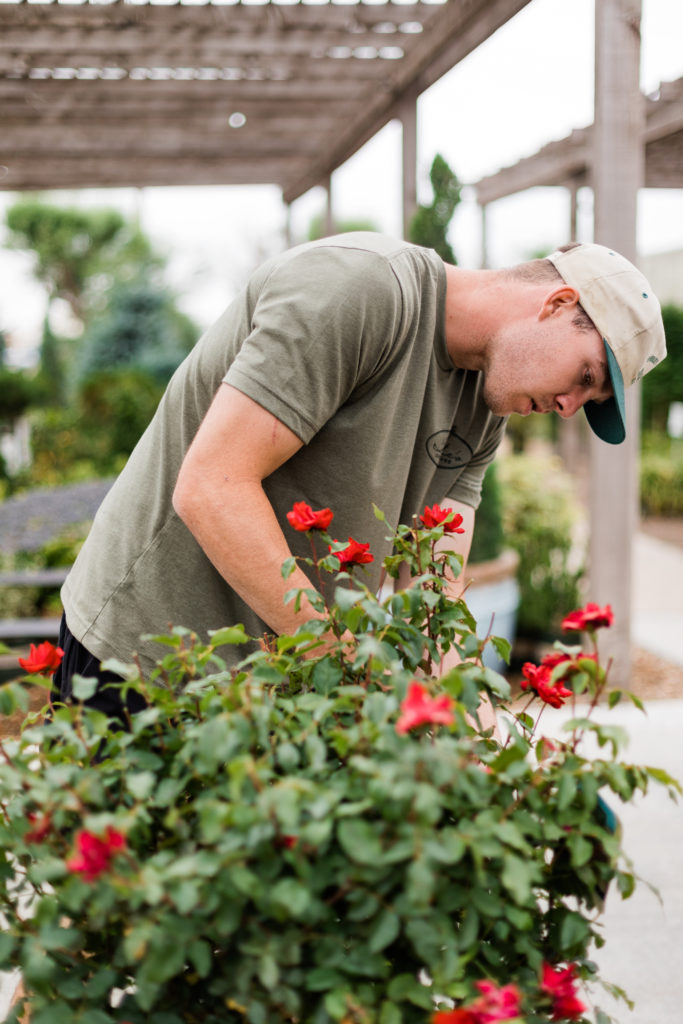
Although it may not look like it right now, spring is just around the corner which means now is the perfect time to start thinking about what you’ll want to with your gardens and begin preparing them for planting! Before long you’ll be sowing seeds, growing plants, and nurturing your garden as it gently comes back to life. But first, we want to help get you started with 10 tips for preparing your garden for spring.
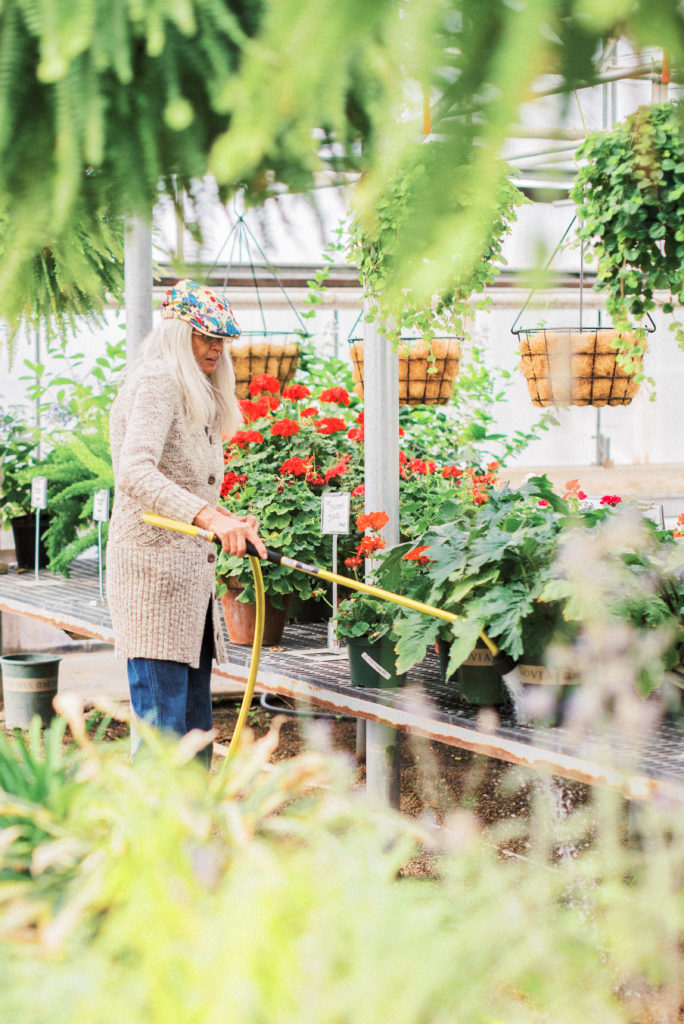
Order Summer-Flowering Bulbs and Seeds
If you ask us, a perfect way to spend a cold and snowy winter’s day is to buy summer-flowering bulbs and seeds. These are bulbs you can plant in the spring to bloom in the summer. Flowers like lilies, gadioli and rununculi can be purchased in the winter for early spring planting. We also suggest asparagus root and rhubarb. Stop by the greenhouse or call us at 806.352.1664 and ask us what bulbs we have available for you to purchase!
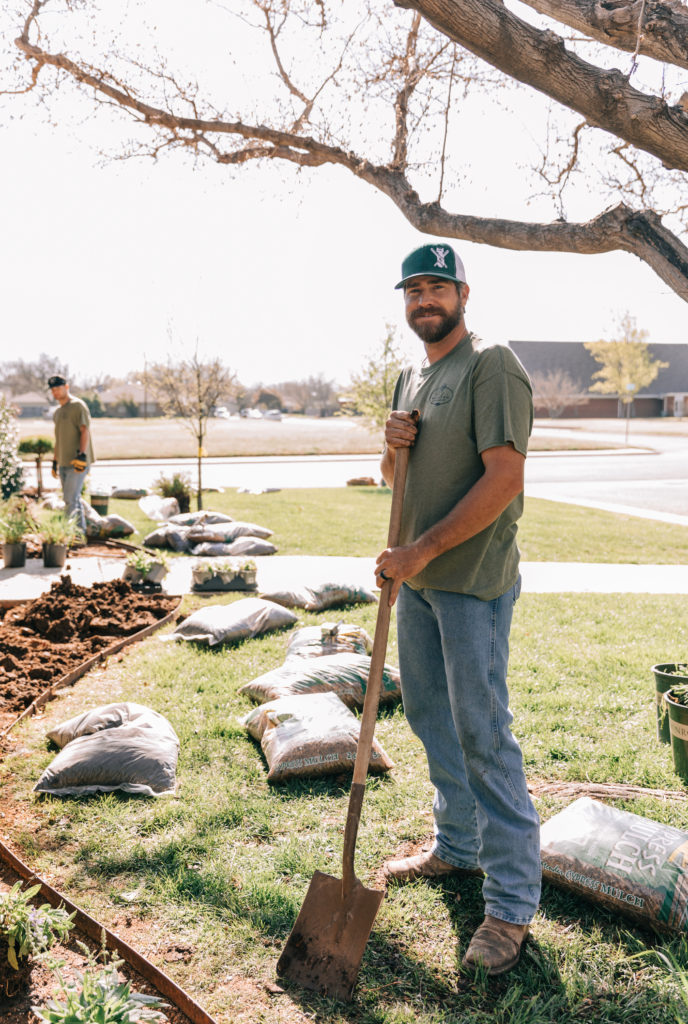
Tidy Up!
Spring cleaning isn’t just for spring and it isn’t just for inside. On a day that isn’t snowy, freezing, or windy, take some time to clear out leaves and debris from your flower beds. You could cut back the dead growth of deciduous grasses and perennials now, but ideally that can wait until early spring. If you’re cleaning up older perennials this time of year, be prepared to cover them up. If you leave young growth exposed and we get a freeze, the freeze will kill your perennial because you took off the only insulation it had! Our greenhouse expert, Lynn, suggests investing in frost cloth. Do not use plastic. Even old sheets will work!
Clear your beds back to bare soil. Removing weeds is an essential step in preparing your garden for spring because doing so, along with removing dead leaves and debris, clears up space in which plants and flowers are to grow. It also gives you a clean canvas to start with each season. Remove any weeds you see but if you compost, do not compost weeds or else the seeds will germinate and cause you a huge headache later on! Removing weeds while they are young prevents them from spreading and thriving throughout your lawn.
In addition, it is important to pull perennial weeds, such as dandelions, which can develop hard-to-pull, mature taproots. To remove them, yank the whole plant to prevent any roots from remaining underground. Otherwise, they’ll grow into new plants that you’ll need to remove again.
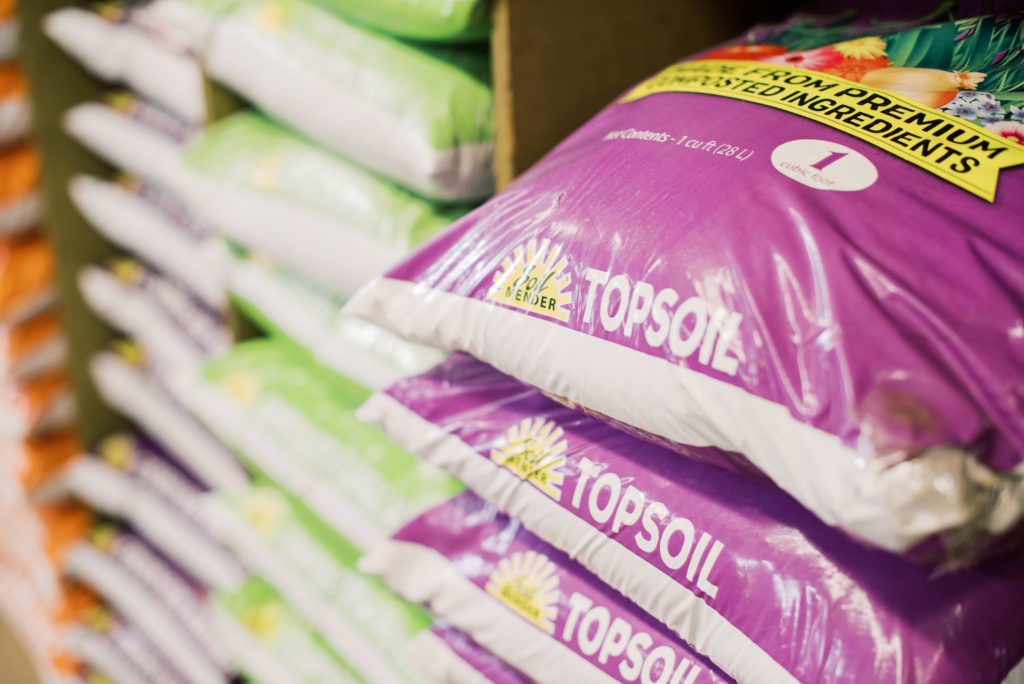
Prepare the Soil
Preparing the soil before spring is another way to get ready for the season. Soil is already workable once the winter frost has lifted. It is also the perfect time to prepare the garden beds. When soil is compacted, you need to loosen it again by turning or tilling it. Use a sharp spade or tiller to work your soil to a depth up to 14 inches. Leaves or mulch that have composted will be mixed in soil in the process. For the fresh ones, you should remove them first.
Reenergize the soil by making adjustments and adding compost. First, you can do a soil test to check the nutrient and pH levels. Knowing these things, you’ll be able to figure out what to add or adjust. And remember, we have soil test kits right here at Pete’s to help you learn about the soil you have!
If you have a clay-based or poor soil, add compost to improve its texture, moisture retention and nutrient content. Afterward, rake the soil evenly before watering slightly to help it settle.
If the soil is very poor, another option is to add a raised garden bed, and our gardening experts at Pete’s can help you with that!

Sow Seeds That Need a Longer Season
In January and February you can start sowing the seeds of flowers and vegetables which need a longer growing season. Around mid-March or St. Patrick’s Day, you can plant onions, potatoes, and cold weather crops outside in the ground. However, be prepared to cover them with a frost cloth just in case we get a freeze!
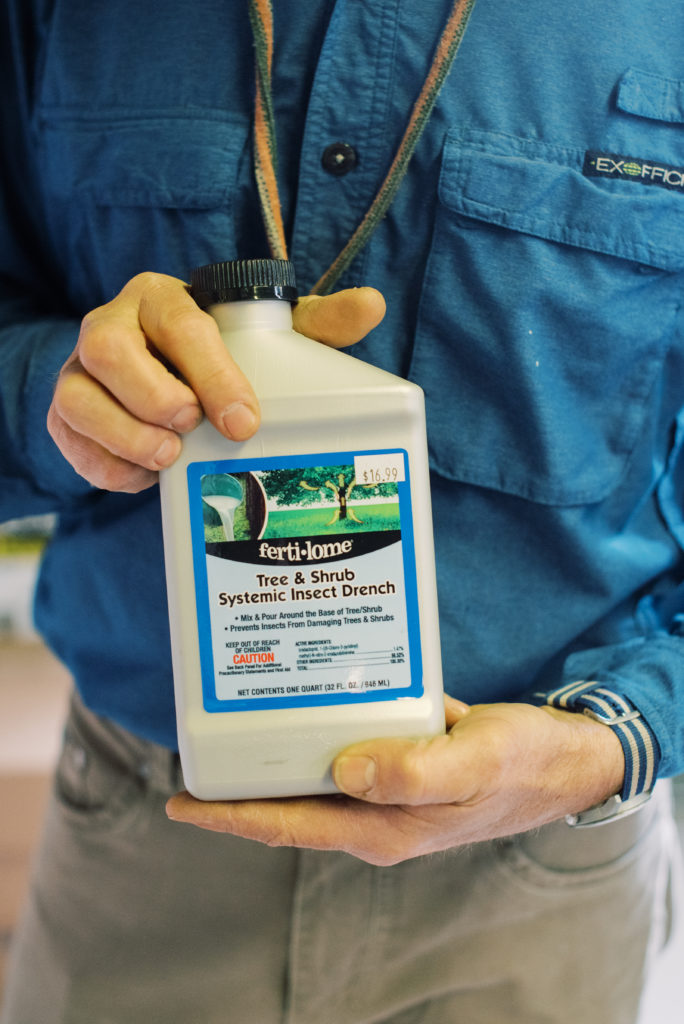
Remove Any Garden Pests
Finding and removing hibernating garden pests now will save you a lot of trouble in the spring and summer months. Take a close look at the crowns of your perennial plants and double check for slugs, snails, or aphid colonies that may have taken shelter for the winter.
If you still haven’t cleared last year’s pots of summer bedding then do so now, checking for white-vine-weevil larvae, which live in the compost and feed on plant roots. Destroy any larvae that you find and be prepared to treat for vine weevils this year, using parasitic nematodes or chemical drenches. Pete’s has a number of remedies for garden pests, so do not hesitate to stop by and chat with us about any of your pest concerns!
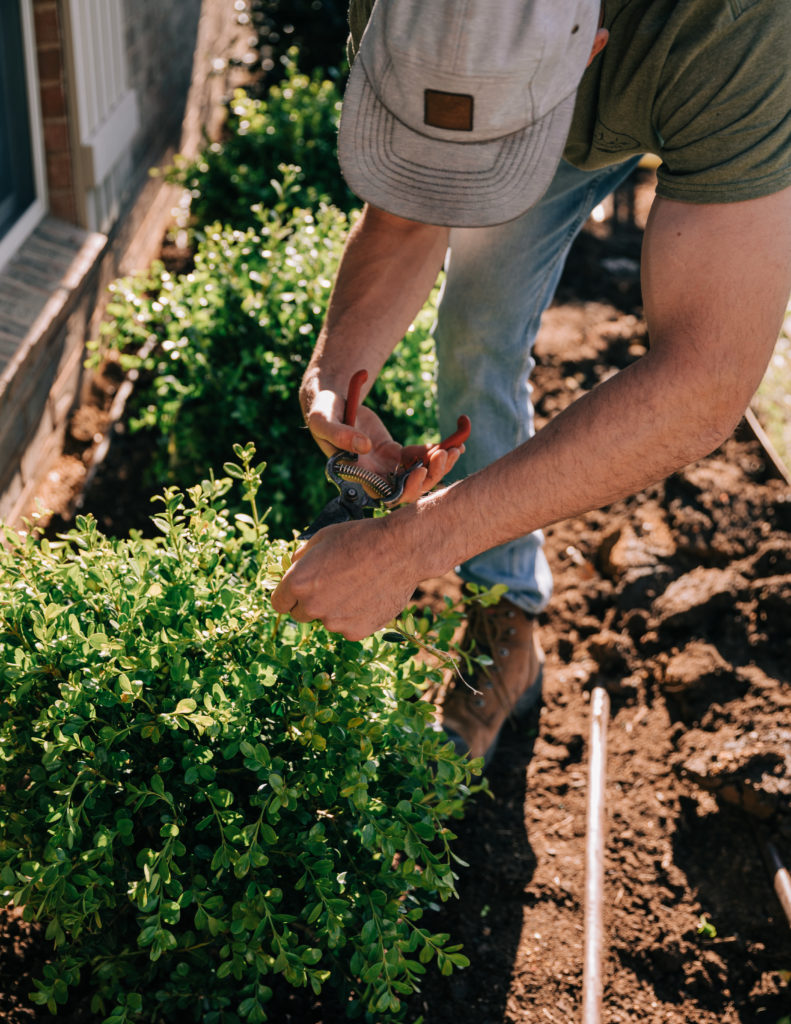
Prune Old Plants
Important disclaimer: this is an important step, but DO NOT prune before the weather has warmed up! Pruning too early could cause the plant to go into shock if we get a freeze after you’ve pruned! Everyone will have to be replanting because of the -25 windchills we were having this winter. Lots of plants will be dead. As Lynn says, “Gone with the wind, baby!”
Old shrubs and trees will need pruning — especially those that grow new wood. Prune the old wood in the late winter or early spring so that you can see the branch structure well.
In addition, you can shape the plants before those buds will break dormancy and begin putting their energy into their branches.
A few of the plants that can use a little pruning include:
● Flowering Dogwood
● Crepe Myrtle
● Butterfly Bush
● Redbud
● Wisteria
● Summer-blooming Spirea
● Honeysuckle
● Rose
So, gear up and gather your tools from your garden shed. A few pruning tools you might need include a pruning saw, hand shears, long-reach pruner and topiary shears.
Pro Tip: Sterilize your pruners before going snip-happy for each cut; this will help prevent spreading plant diseases in the garden.
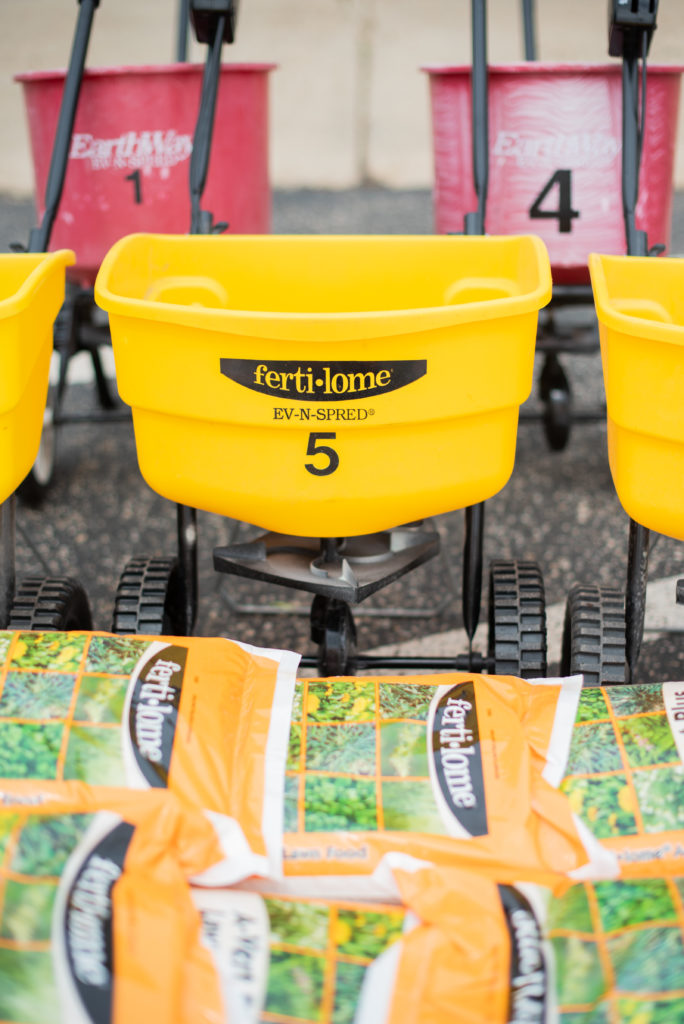
Apply Fertilizer
Before or in early spring, apply fertilizer into the soil to enrich it with nutrients. For the best results, apply pre-emergent to prevent the growth of crabgrass. After eight weeks, apply them again in addition to a weed killer.
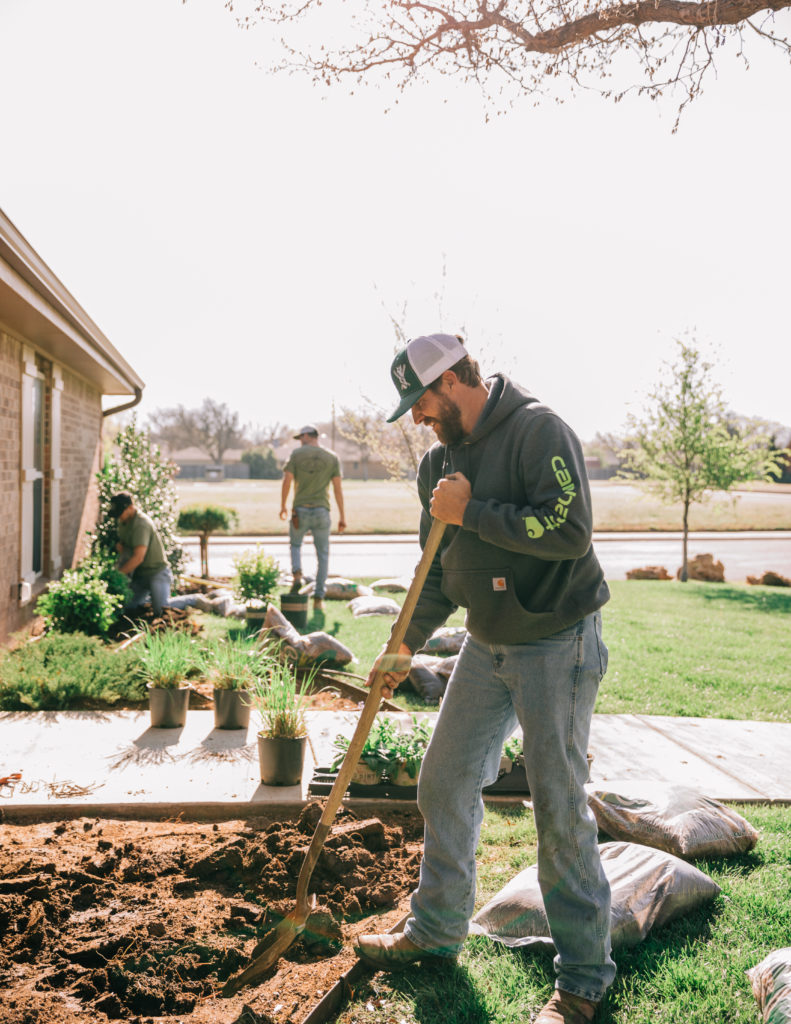
Add Mulch
Wherever you can, apply mulch in your garden to keep weeds from establishing themselves. After all, you might still have been waiting for seeds to germinate and not wanting to bury them in mulch. This problem is avoidable if you’ve already grown seedlings indoors.
Remember:
● Don’t wait long before mulching, or weeds will start beating you!
● Use mulch with compost for a healthier soil.
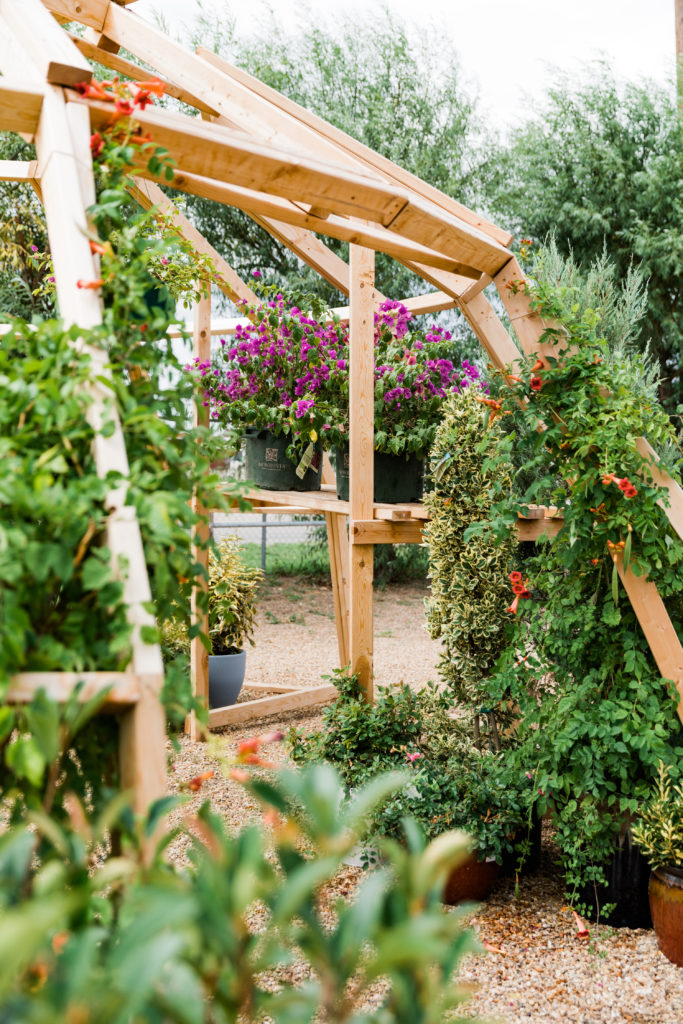
Maintain Fences, Gates, and Trellis
Winter is the ideal time of year to get those pesky little maintenance jobs out of the way. Check fence panels, gates and trellis for any sign of weather damage or decay. Fixing any broken structures now will give you more time to spend in the garden during the spring and summer. Replace any broken segments or structures.
Next, clean fence panels and gates with a power washer to remove dirt, moss and mildew. Use a stiff brush to help remove stubborn grime. Let the wood dry completely before applying two coats of stain, paint or wood preservative on a dry day.
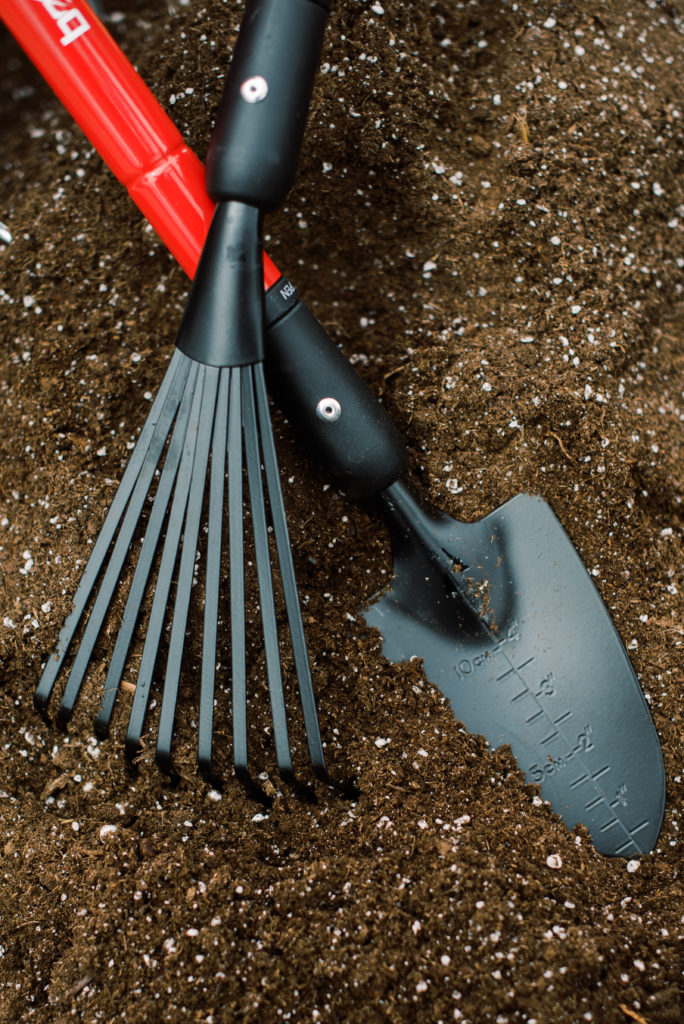
Clean and Sharpen Gardening Tools
Give your tools a good clean and a sharpen during the winter months. Maintaining your garden tools will help preserve them, saving you money in the long run and helping prevent the spread of disease. Dirty pruning clippers are notorious for introducing bacteria and fungi to fresh pruning wounds.
Use strong detergent, hot water and a scourer to give bladed tools a thorough clean. Sharpening your tools will also improve their performance; they’ll be easier to work with and will give cleaner pruning cuts. Once sharpened, apply some oil or WD40 to blades and hinges.
Hand tools, including spades, hoes, trowels and rakes will also benefit from a good clean and oiling.
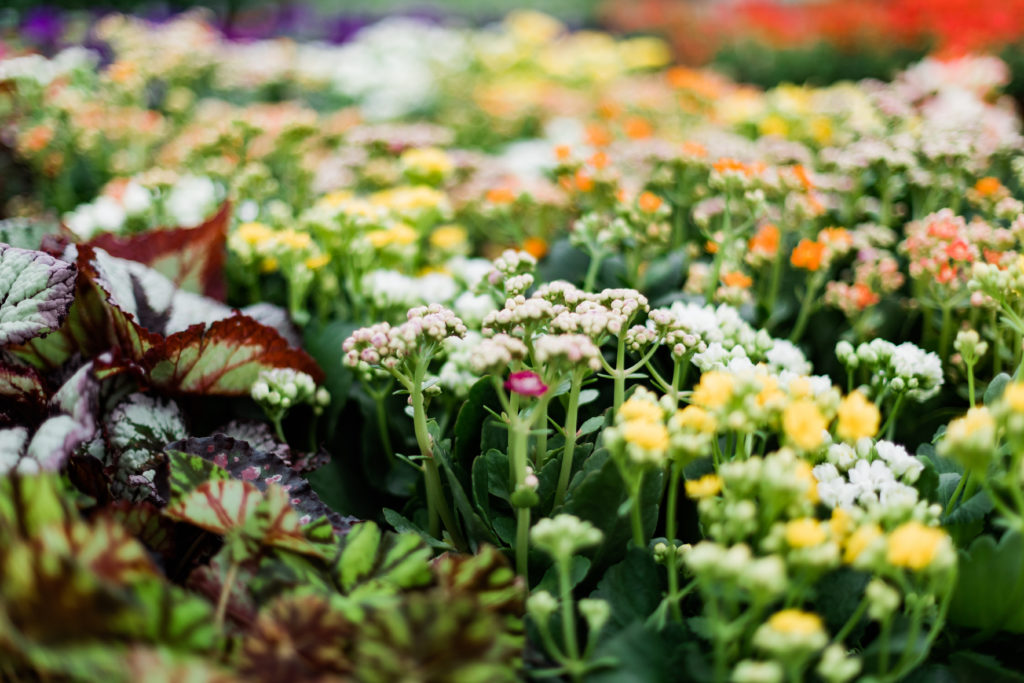
Even in these freezing cold winter months, there is still so much to do to prepare your garden space for spring. And all that hard work will pay off when you have pristine flower beds that are primed and ready to host your beautiful flowers and shrubs. As always, all of us here at Pete’s are happy to help with any questions you might have. Or if you just need a peaceful break, stop by and take a stroll through the greenhouse!
Leave a Reply Cancel reply
workshop tickets
MON - SAT 9:00AM TO 6:00PM
Site Design by Hatched Studio
ABOUT PETE'S
GARDEN & GREENHOUSE
hOME & GIFTS
outdoor living
FIND US
7300 CANYON DRIVE
AMARILLO, TX 79119
806.352.1664
A Panhandle based gift shop and greenhouse. Passionately providing the feeling of home for 49 years.